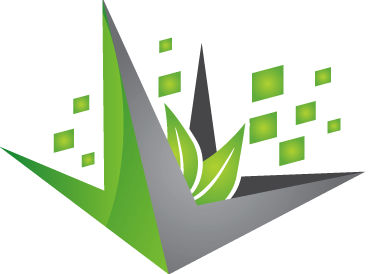Welcome to CourseSource, an open-access journal of peer-reviewed teaching resources for undergraduate biology and physics
We publish articles that are organized around courses in both biological and physics disciplines, and aligned with learning goals established by professional societies representing those disciplines. Please let us know what you think as you explore the articles and other information in the journal. We welcome your comments, questions, and/or suggestions. You can also follow us @CourseSource on Twitter to receive notifications about newly published articles and announcements! Learn more about CourseSource.

Courses
Biology
Latest - view more
Adapting a Traditional Laboratory Exercise to Become Inquiry Based: An Example With an Introductory Biology Lab in Diffusion
Version: 1.0
Space Mission Ecology: Making Connections Among Science Disciplines Through the Lens of a Unique Plant
Version: 1.0
CourseSource Blog - view more
New Immunology Learning Framework!
December 11, 2023
CourseSource is pleased to announce a new learning framework for Immunology! This framework is endorsed by the Society for Leukocyte Biology (SLB) and is approved for use by ImmunoReach, a Community of Practice focused on interdisciplinary Immunology education.
This learning framework for undergraduate immunology education was developed as a result of a grassroots effort to address the calls for educational reform noted in the Vision and Change Report (AAAS, 2010). The working group developed a two-part immunology-focused framework that includes concepts and competencies aligned with Vision and Change. This learning framework was developed through an iterative cycle of reviews and revisions, both within the task force and with community feedback. Educators reviewed the document through surveys, focus groups and interviews. The learning outcomes are included as examples, and instructors may adopt them or come up with their own.
Check it out here: https://qubeshub.org/community/groups/coursesource/courses/immunology
We look forward to seeing your submissions!
Publish Your Educational Toxicology Exercises in CourseSource!
August 9, 2022
CourseSource has recently partnered with the Society of Toxicology (SOT), and we are recruiting submissions that utilize the Toxicology Learning Framework to add to the toxicology collection!
Interested in sharing your work? Check out this video recording of the CourseSource workshop held at the 2022 SOT Annual Meeting: Publishing Educational Toxicology Exercises in CourseSource: A Step-by-Step Workshop for Preparing Your Manuscript. This workshop equips educators to use CourseSource and inspires them to submit their inclusive, evidence-based educational resources. In the first part of the workshop, Erin Vinson, the former managing editor of CourseSource, reviews the design of the CourseSource website and its features, and the various types for submissions. In the second part, Lauren Aleksunes (“Repurposing Drugs as Countermeasures for Chemical Weapons: An Interactive Training for Undergraduate Students”), Joshua Gray (“Pick Your Poison: A Semester-Long Toxicology Project Integrating Toxicology Core Concepts and Scientific Communication”), and Mindy Reynolds (“A Case Study Approach to the One Environmental Health Hypothesis”) discuss their curricula and the preparation of CourseSource manuscripts. The last section provides time for participants to prepare their own concepts for submission.
We look forward to seeing your submissions!
